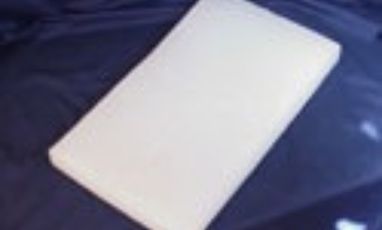Paraffin Wax

Petroleum is composed essentially of four distinct types of hydrocarbons which differ
in their chemical structure which is seprated by the process of distillation.
The four distinct
hydrocarbons are :
- Paraffins or saturated, open chain hydrocarbons are those in which the carbon atom are linked together with single bond and the remaining valences of the carbon atom being satisfied with hydrogen atom.
- Olefins are closely related to paraffins in that only difference is that they have an open chain In that at the same point in the chain two carbon atoms are joined together by means of double ( or more rarely a triple) bond.
- Napthenes are saturated hydrocarbons ( no double bonds) containing one or more ring nuclei. In some napthenes paraffinic side chains are attatched to the carbon ring.
- Aromatic Hydrocarbon: They are characterized by the presence of benzene ring in the molecule. These too may have paraffinic side chains attached to the benzene ring.
Paraffins crude there is then obtained a fraction known as wax distillate.
Paraffin Wax is then further obtain from Slack Wax ( Wax Distillate) by the two following ways :
- De-oling of Slack Wax by Solvent Extraction Process.
- De-oling of Slack Wax by Press Process.
The only differences among the difference are maintained in Melting Point and oil contents in their properties.
Types of Paraffin Wax:
- Semi Refined Paraffin Wax
- Fully Refined Paraffin Wax
Properties :
- Ductile, as it is relatively brittle at room temperature and presents the risks of chipping and breakage. Paraffin Wax comes in Slabs.
- It is a colorless, more or less translucent crystalline mass , without odor and taste , Slightly greasy to touch.
Applications :
Cosmetics, Pharmacetucials, Candles, Plastics, Polishes , Rubber, Caryons, Castings and other
Industrial Applications.
